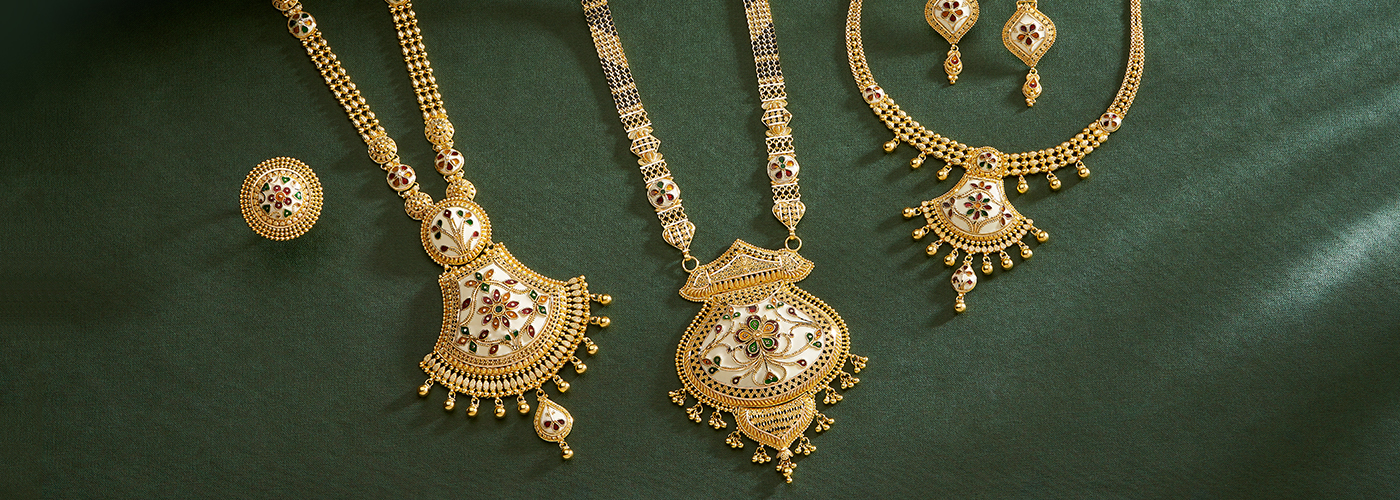Maharashtrian weddings are a celebration of culture, tradition, and elegance, with every ritual having deep-rooted meanings. One of the most significant aspects of these weddings is the jewellery worn by the bride. Maharashtrian bridal jewellery is not just about enhancing the bride’s beauty but also holds symbolic significance, marking the various stages of marriage and tradition. Let’s explore the vital role jewellery plays in Maharashtrian weddings.
1. Mangalsutra: The Sacred Bond
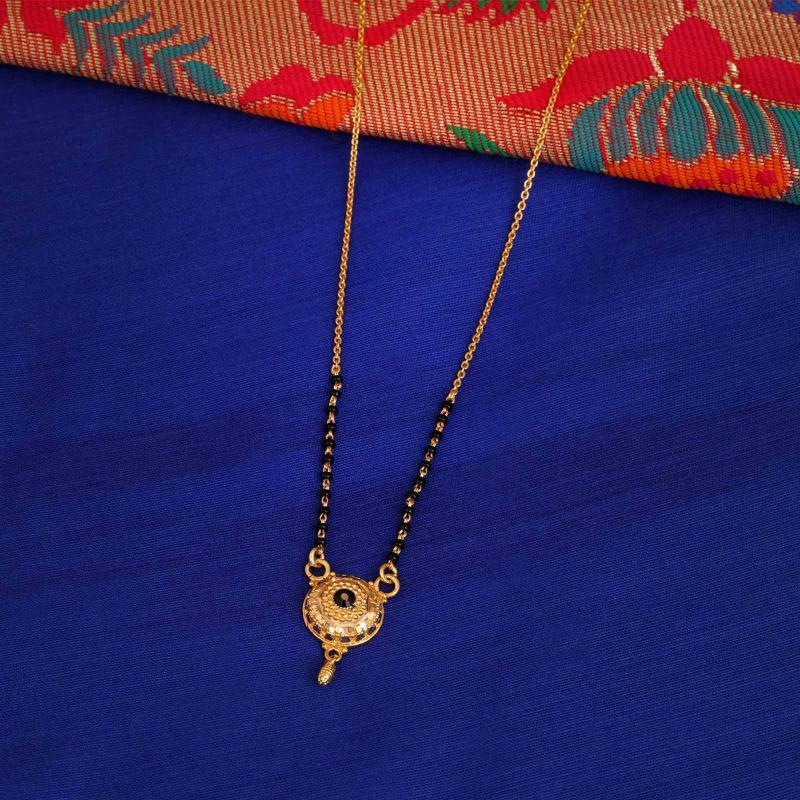
The mangalsutra is perhaps the most significant piece of jewellery worn by the bride, symbolizing the sacred union between husband and wife. Traditionally, the Maharashtrian mangalsutra consists of black beads and two vatis (small gold discs) representing Lord Shiva and Goddess Parvati. This piece is a mark of the couple’s bond, as well as a protective talisman that wards off negativity and brings prosperity to the marriage.
2. Nath: A Unique Maharashtrian Nose Ring
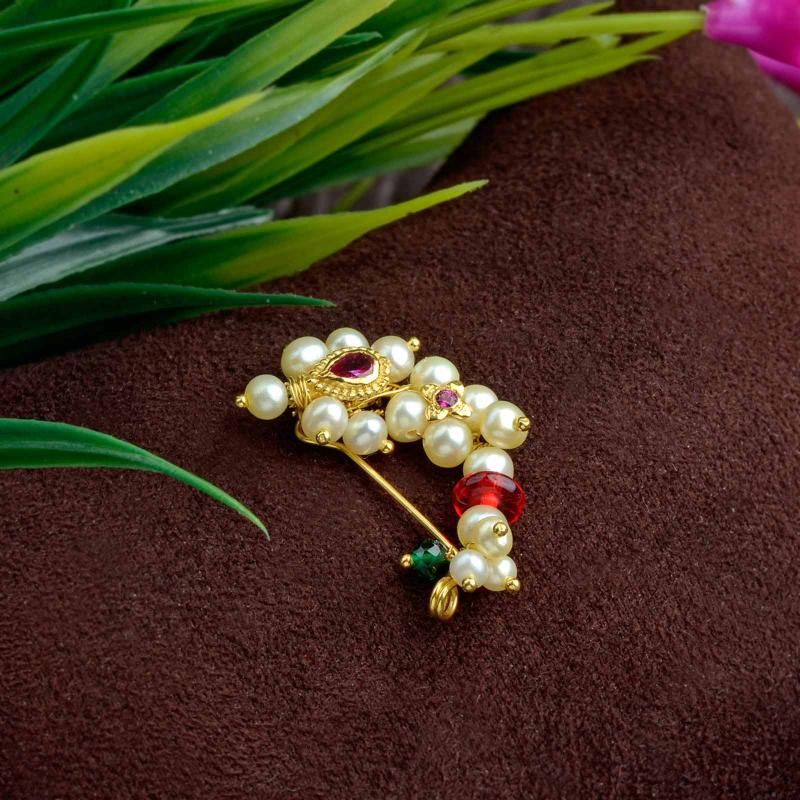
The Maharashtrian bride’s look is incomplete without the traditional nose ring, called the ‘nath’. This intricate ornament, typically crafted in pearls, diamonds, and gold, adds a touch of regal elegance to the bride’s appearance. The nath is not just a piece of jewellery; it holds cultural significance, representing the bride’s marital status and family’s pride.
3. Thushi: The Classic Maharashtrian Necklace
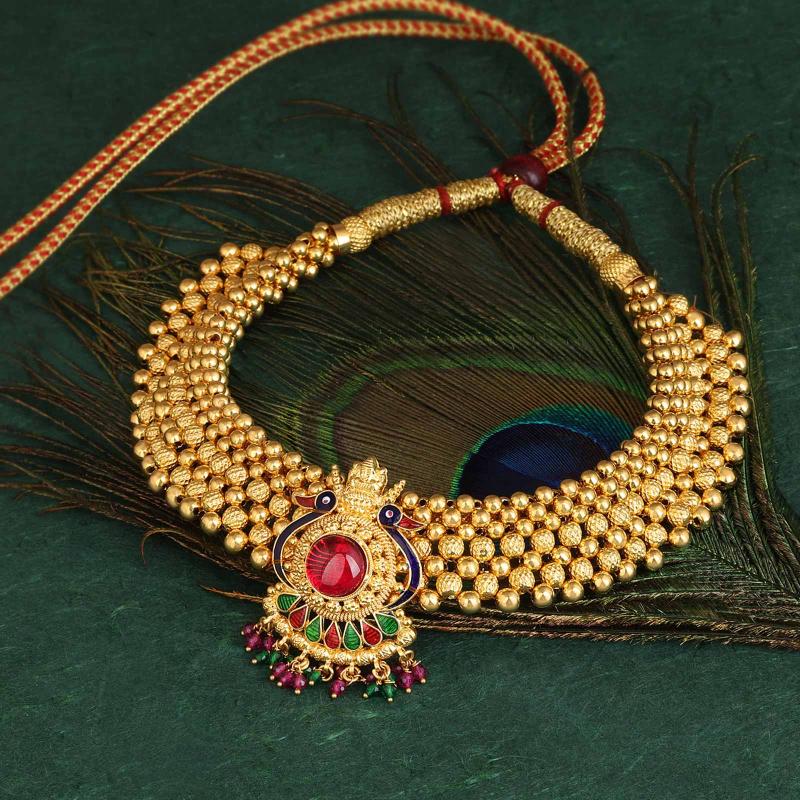
The thushi is a traditional choker-style necklace that every Maharashtrian bride proudly wears. Made of 22-carat gold beads woven together, the thushi is a masterpiece of Maharashtrian jewellery craftsmanship. It is worn close to the neck and symbolizes prosperity and strength. The bride often pairs the thushi with other necklaces, creating a layered, majestic look.
4. Kolhapuri Saaj: A Necklace with Historical Significance
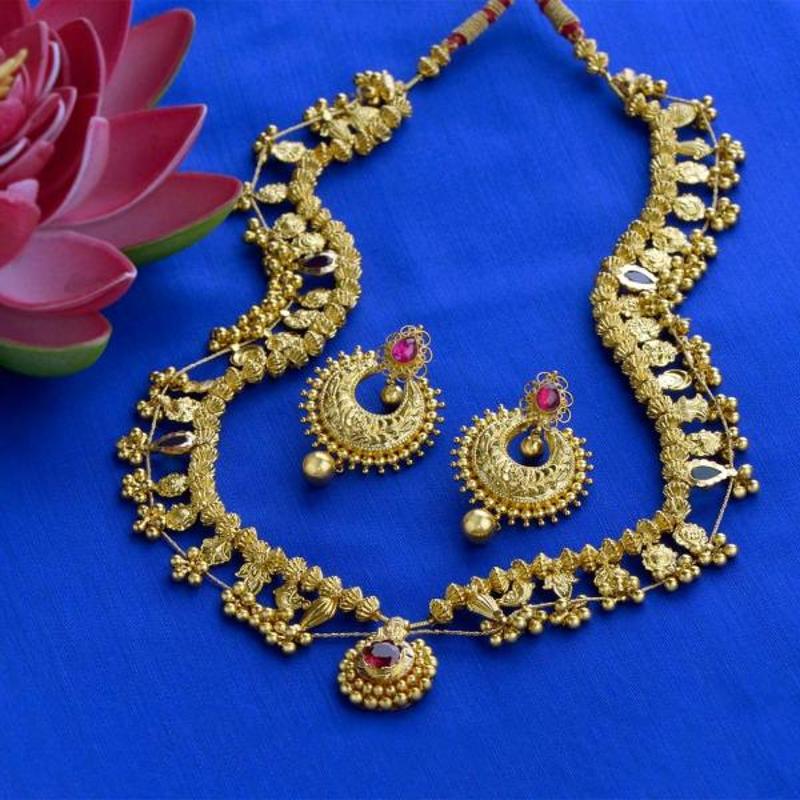
The Kolhapuri saaj is another exquisite necklace worn by the Maharashtrian bride, representing tradition and spirituality. It consists of several small pendants, each of which has a unique design with religious significance, including symbols of gods and goddesses. This necklace is often considered a family heirloom, passed down from generation to generation, and holds immense emotional value for the bride.
5. Tode and Patlya: The Ornate Bangles
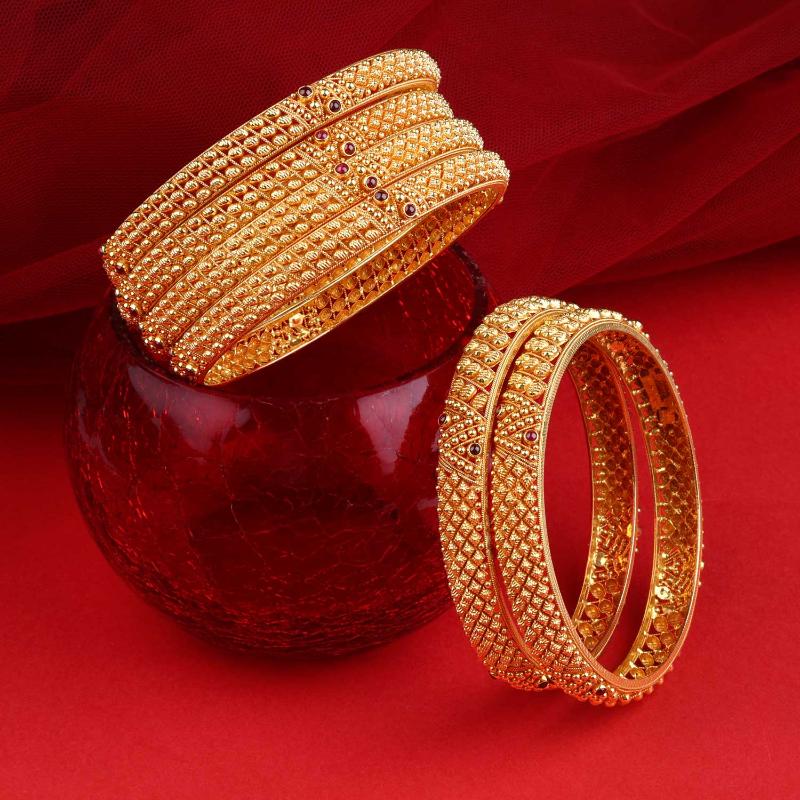
Bangles are an essential part of a bride’s jewellery ensemble. In Maharashtrian weddings, the bride wears green glass bangles along with gold bangles known as tode and patlya. These bangles represent fertility, prosperity, and marital bliss. The green colour signifies new beginnings and prosperity, making them an essential part of the traditional bridal attire.
6. Jodvi: The Toe Rings
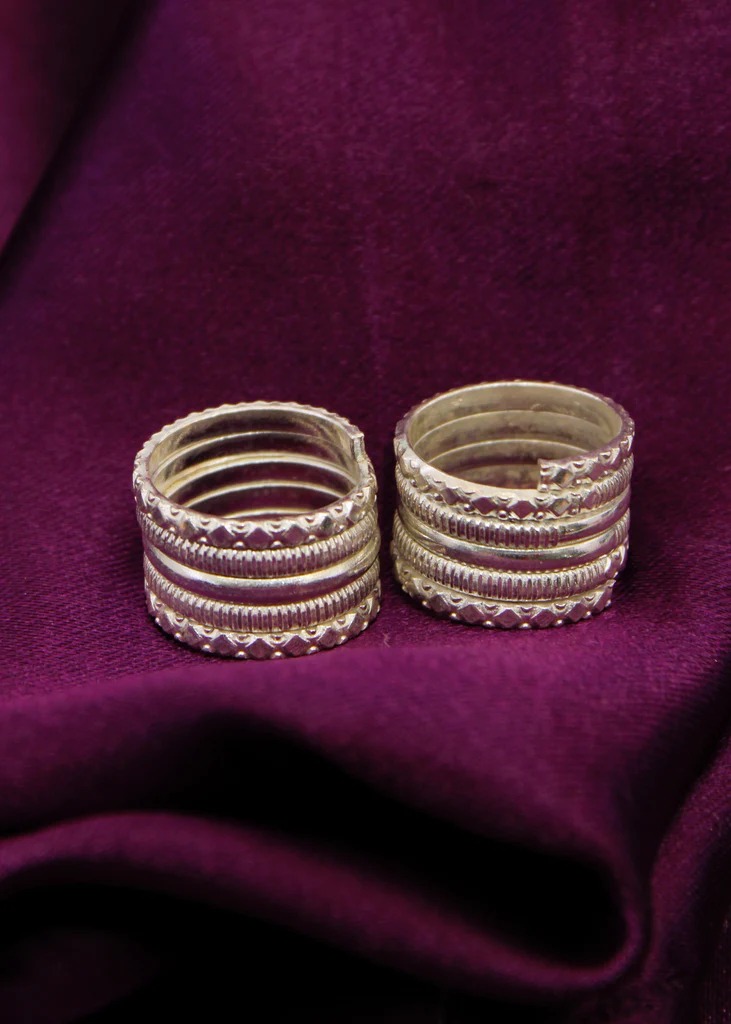
Jodvi are silver toe rings given to the bride by her in-laws during the wedding ceremony. This piece of jewellery is worn by the bride after marriage and is a symbol of her marital status. The jodvi holds great significance in Maharashtrian culture, indicating the bride’s entry into her new family and responsibilities.
7. Maharashtrian Ear Ornaments
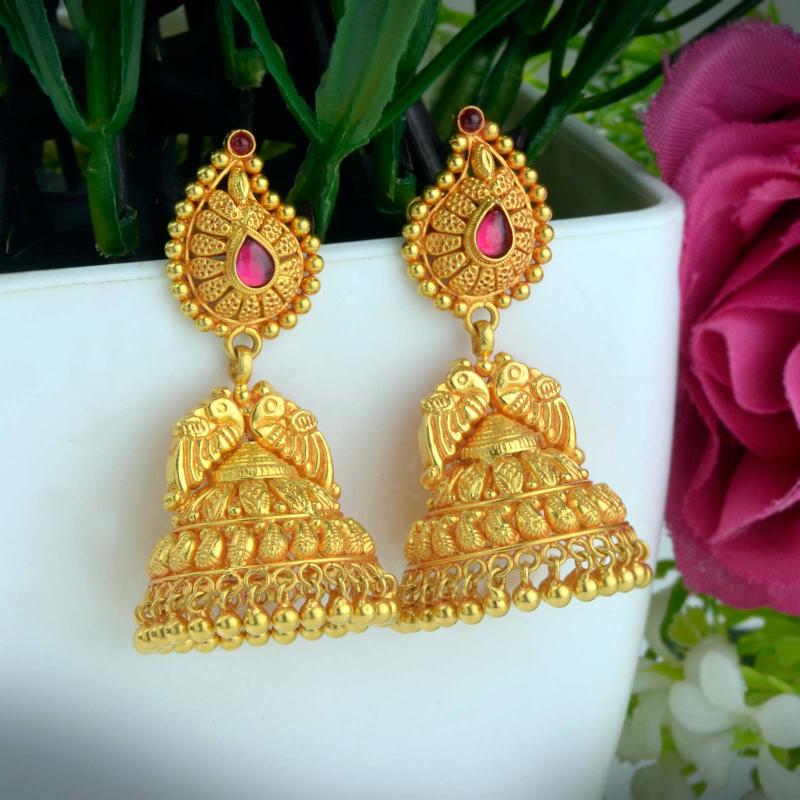
Kaan are traditional ear cuffs that complete the bridal look. They are intricate gold ornaments that enhance the bride’s overall appearance. These ear pieces are often embellished with pearls and gemstones, adding an element of grandeur to the ensemble.

